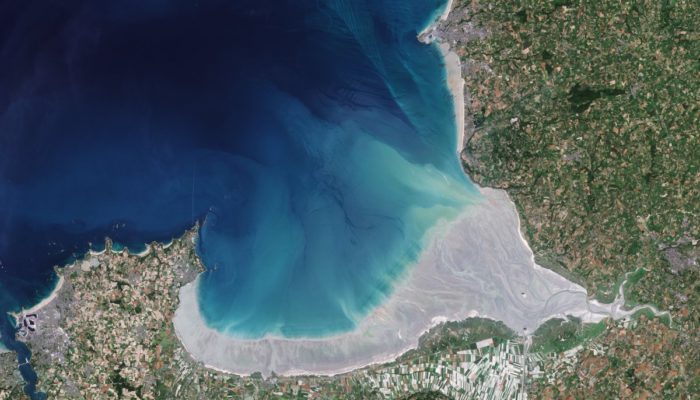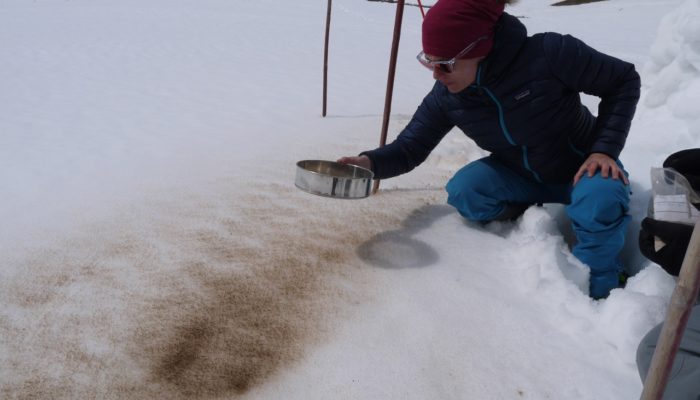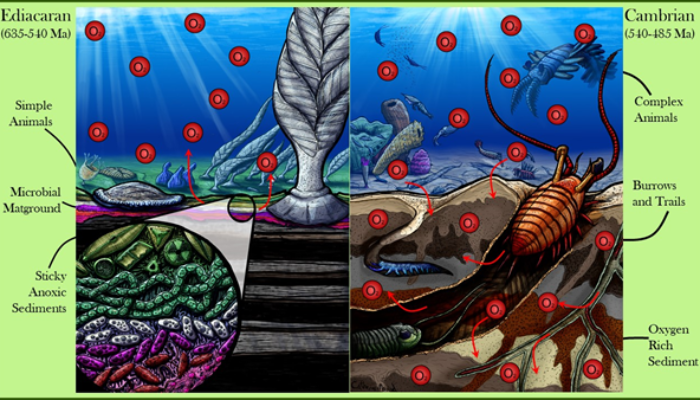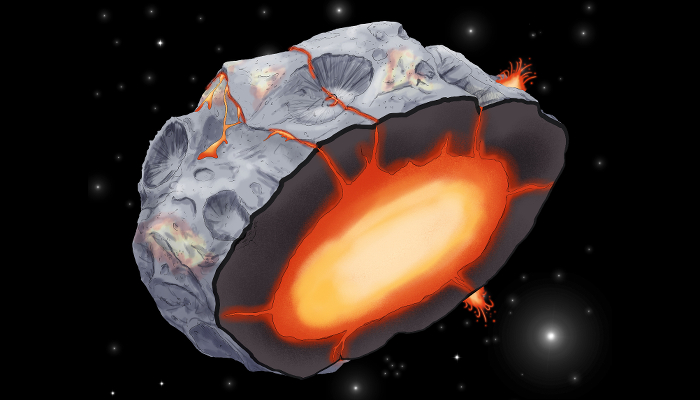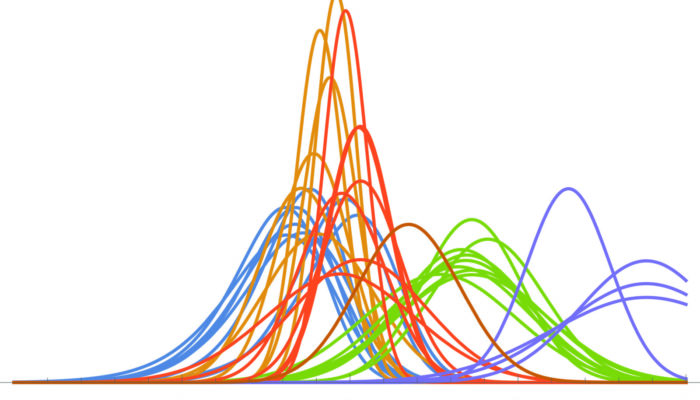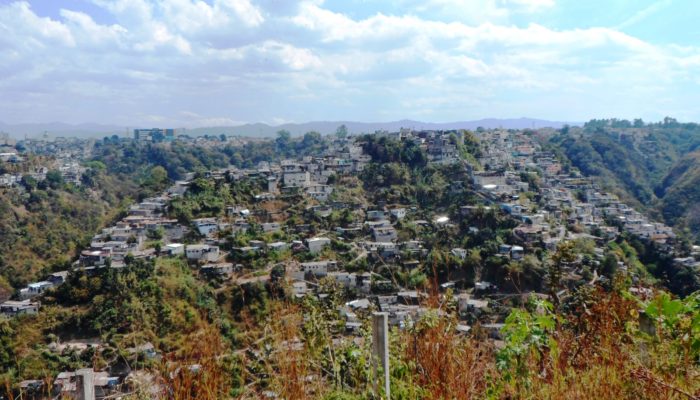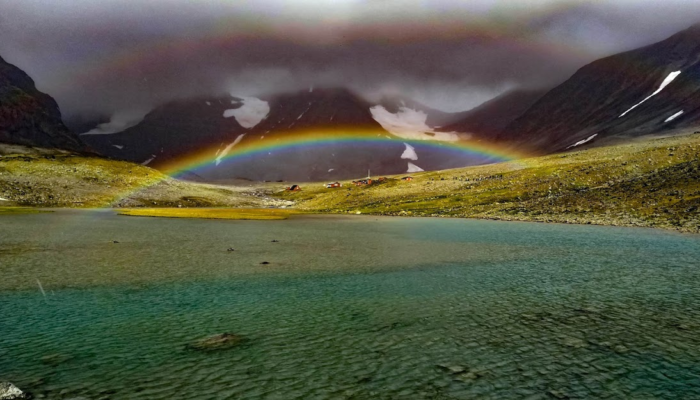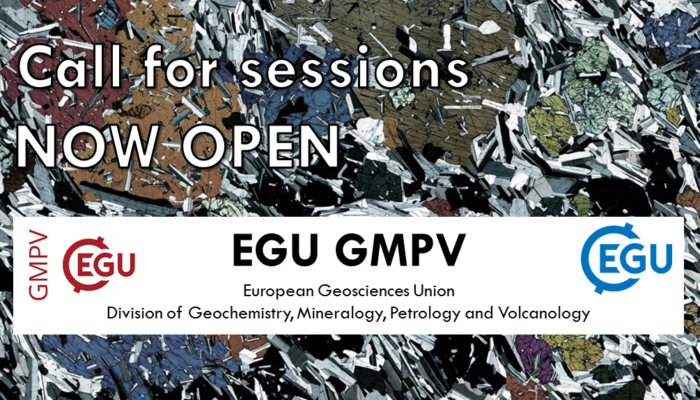“Beyond tectonics” is a blog series which aims to highlight the connections between tectonics and other aspects of the Earth system. In this iteration of the “Beyond tectonics” series we talk about how plate tectonics have affected the tides on Earth over geological timescales. We will talk about tectonics on the Earth since the formation of Pangea to the present day, and i ...[Read More]
Cryospheric Sciences
An interview with… Marie Dumont
This week, we are interviewing Dr Marie Dumont. At the European Geosciences Union (EGU) general assembly in 2019, Marie was awarded the Arne Richter Award for Outstanding Early Career Scientist. Marie is currently a research team leader and deputy scientific director for the Snow Research Centre (part of Centre National de Recherches Meteorologiques, Météo-France & Le Centre national de la Rec ...[Read More]
Geodynamics
The Sassy Scientist – Hyde: Lithosphere Dynamics
Every week, The Sassy Scientist answers a question on geodynamics, related topics, academic life, the universe or anything in between with a healthy dose of sarcasm. Do you have a question for The Sassy Scientist? Submit your question here. Senna asks: I’m torn between mantle dynamics and lithosphere dynamics as a research topic. Which shall I choose? Dear Senna, I don’t know what came over me whe ...[Read More]
Stratigraphy, Sedimentology and Palaeontology
Slimy Landscapes 2: This time it’s Precambrian
Slime is important to the developments of Earth’s landscapes – I have already explored this in a previous post where I learnt how Extracellular Polymeric Substances (EPS), a fancy phrase for a slime produced by organisms, can bind sediments together and making them resistant to erosion. This has impacts on the development of landscapes, from the types of bedforms forming below flows, the rate at w ...[Read More]
Geodynamics
Iron volcanism on metallic asteroids?
This week, Francis Nimmo, professor in the Department of Earth and Planetary Sciences (University of California Santa Cruz), tells us about volcanism on metallic asteroids! Around and after the formation of the solar system (4.5 billion years ago onwards), volcanoes on some of the gigantic bodies of the asteroid belt might have erupted … iron. Explanations. One way in which we can learn abou ...[Read More]
Climate: Past, Present & Future
Magnetic minerals: storytellers of environmental and climatic conditions
Name of proxy Environmental Magnetism (also known as enviromagnetics) Type of record Environment and climate proxy Paleoenvironment Sedimentary environments (for the most part) Period of time investigated Present times to millions of years (depending on the preservation conditions) How does it work? Magnetism is a physical property that results from the behaviour of elementary particles in any sub ...[Read More]
Natural Hazards
NH10 Multi-Hazards: The Latest EGU Natural Hazards Sub-Division
Earlier this year, the EGU Natural Hazards Division approved the addition of a new sub-division focused on the theme of ‘multi-hazards’. The Science Officers representing this sub-division, Joel Gill (British Geological Survey) and Marleen de Ruiter (IVM-VU Amsterdam), reflect on why this sub-division is necessary and how you can get involved. Many regions are affected by multiple natural hazards, ...[Read More]
Cryospheric Sciences
Surviving in cold environments: from microbes under glaciers to queer scientists in the current social context
On the 5th of July we will celebrate the International Day of LGBTQ+ (lesbian, gay, bisexual, transsexual, queer, and people that do not identify themselves as cis and/or straight) People in Science, Technology, Engineering, and Maths (STEM). Many people will ask: “Why is this day important?” Being a queer scientist in particular, and a queer person in general, can sometimes reminds us of how livi ...[Read More]
Geodynamics
The Sassy Scientist – Jekyll: Mantle dynamics
Every week, The Sassy Scientist answers a question on geodynamics, related topics, academic life, the universe or anything in between with a healthy dose of sarcasm. Do you have a question for The Sassy Scientist? Submit your question here. Senna asks: I’m torn between mantle dynamics and lithosphere dynamics as a research topic. Which shall I choose? Dear Senna, This is an easy one: mantle dynami ...[Read More]
Geochemistry, Mineralogy, Petrology & Volcanology
What I learned from chairing my first EGU session
By Emily Bamber (PhD Student, University of Manchester) At this year’s EGU meeting I was invited to co-convene the GMPV 5.7 session ‘Magma ascent, degassing and eruptive dynamics: linking experiments, models and observations’. At first, I felt nervous, as a PhD student who has so far only attended and presented at a few conferences. Afterwards I felt happy to be part of a session which presents cu ...[Read More]

